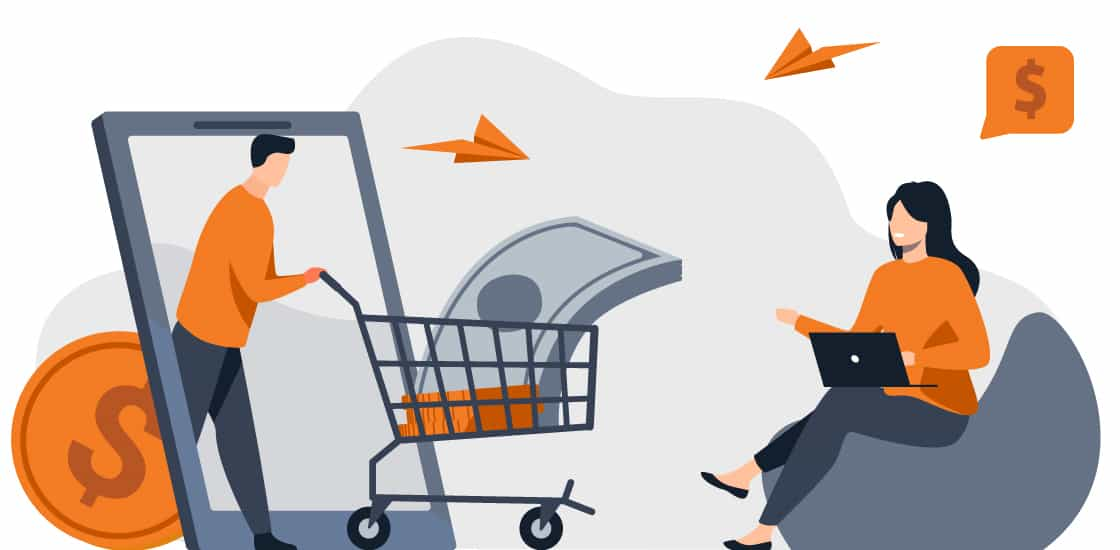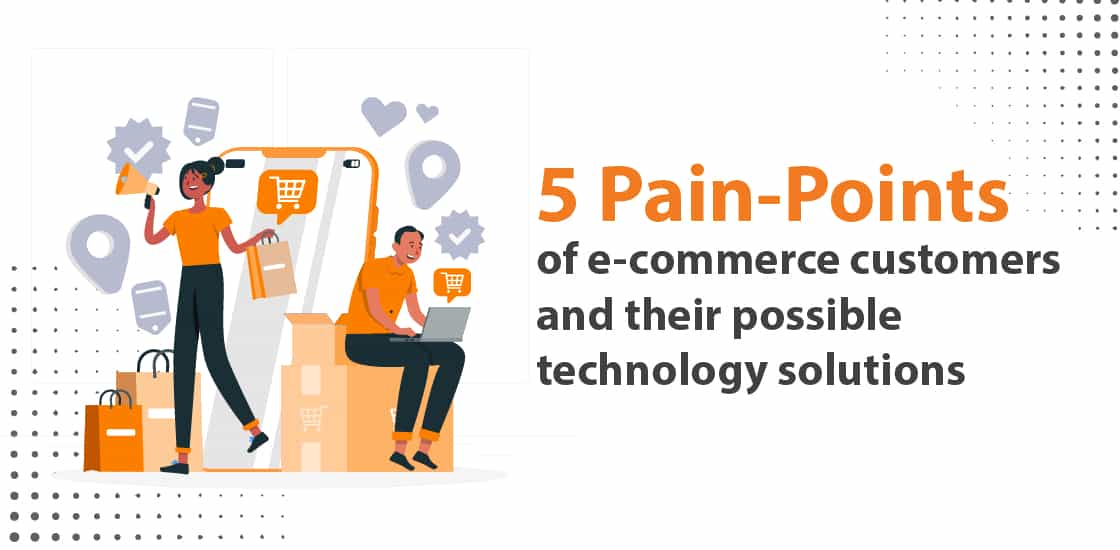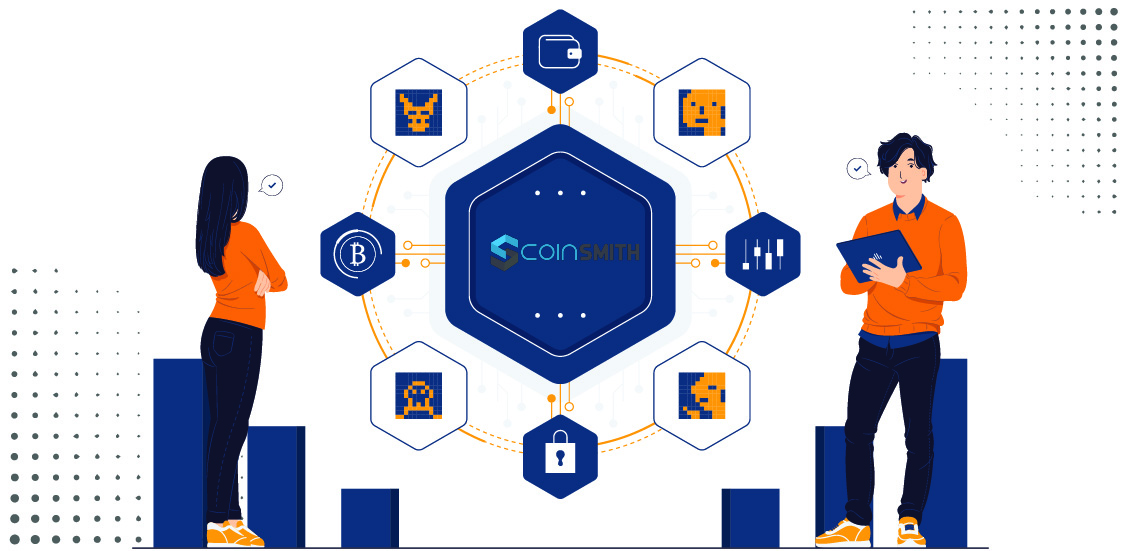5 pain points of E-commerce customers and their possible technology solutions
What is E-Commerce
E-commerce is doing business such as buying/selling the product online, where the product can be of any category such as groceries, lifestyle, goods, gadgets, etc.
With the technology getting updated, logistics are getting better. Products are delivered to the consumers within a day or 2 days. Whereas if you know, many organizations nowadays provide daily needs products delivery within 15 to 30 minutes.
Isn’t it amazing how easily we are getting things around the world at less price, less delivery cost, and even less time?
In the last 2 years, due to covid-19, all businesses have been having a hard time doing business. The E-commerce industry has helped so many people to get their daily essentials and other products so easily.
Last year in 2022, the E-commerce industry grew around two times compared to the year 2019 and this is a huge growth, when we put this into numbers, It is identified that in 2019 sales were of Rupee 40,000 crores and in the year 2022 it is of Rupee 76,000 crores.
With the great growth in E-commerce, there is no doubt it has given good service to the people, but as it is said that every coin has two sides, In the same way, E-commerce has various benefits, but it does have pain points for customers as well and today we will be discussing 5 pain points of E-commerce customers and their possible technology solutions:
E-commerce Pain Points and Solutions
1. Cybersecurity
- PCI DSS(Payment Card Industry Data Security Standard): here the hosted payment provider needs to be certified with the PCI DSS certification, this certification ensures that the e-commerce platform will not store any kind of payment card-related details into it platform such as CVV number and if it stores the card number, then it will be in the masked format.
- Card detail encryption: when the user enters his/her card detail on the payment page, it may be possible that somebody can listen to the data over the same network, so to save the customer from such scenarios, here before sending the data over the network, the webpage will encrypt the data using a secure encryption algorithm and then send the encrypted data over the network. After that when the backend server receives the request, it will decrypt the data and do the payment.
2. Slow delivery
But here in online shopping the major drawback is slow delivery, as most of the time it takes around 5 to 8 days to receive the product from the online platform compare to this when users do purchase offline, They get the product immediately and at the same time, they can do the quality check and test as well with zero delivery cost.
To resolve this issue, the company should invest in logistics to make the proper product inventory, smooth packaging, and delivery process, and work on identifying the shortest/cost-effective shipping routes, so the customer can receive the product as early as possible.
Also product delivery is a major key point for both buyer and seller along with its pros and cons.

3. Inaccurate product search
So the website should invest in the platform to make the user experience much better, by providing various services such as advanced search, where the user can select various options to find his required product: Brand, Category, Type, Size and etc.
Also, the platform can provide the new feature of search by Image, in case the customer has any online picture of the product, using the search by image, the customer will be easily able to find the product.
The same as the customer experience getting better, the customer will be using the platform more and more.
4. Hidden extra cost
There are a lot of websites having seasonal sales periodically but are they really selling the product at less price or it is just a marketing gimmick to attract users?
Although some products are sold at low prices genuinely but not all, it is just their algorithm running which increases the costs a day before the sale and decreases them on the day of the sale.
When any product is purchased online, there is always a hidden cost attached to it:- Packaging Cost, Transport Cost, and Delivery Cost. Many times users do a purchase and after that, they realize how much extra cost they have paid for a less-priced product.
The only solution to this pain point is to keep transparency to users, Ecoomerce portal should show all the costs correctly and upfront to users instead of hiding them.
So the user will know all the costs clearly before purchasing a product and this will help to build a better trust relationship between the e-commerce website and the customer.
5. Lack of the real idea of the look and feel of the product
Users are not able to identify the real look of the product, which sometimes leads to high chances of product returns when users are not fully satisfied with the product purchased online.
This will be a loss for the e-commerce platform and the merchant as well.
To simplify this there is a new age concept called Augmented Reality, using which users can actually put the products in their place and see how it is looking.
For example, if one User wants to buy a microwave, he/she can view its features, and images online, along with this, they will be provided with the option using which they can put the microwave object in their kitchen using the mobile camera and can identify the look of that product in their premise.
This is a great idea to provide ease of purchase to users.
 Surendra Jaiswal
24 Apr 2023
Surendra Jaiswal
24 Apr 2023
 US +1 (630) 296 6606
US +1 (630) 296 6606
 India +91 (79) 48904529
India +91 (79) 48904529
 Poland +48 (730) 059 665
Poland +48 (730) 059 665
 reach@techforceglobal.com
reach@techforceglobal.com
 +1 630 303 7389
+1 630 303 7389

 Calendly
Calendly
 LinkedIn
LinkedIn
 Whatsapp
Whatsapp
 Fintech
Fintech
 Education
Education
 Ecommerce
Ecommerce
 Healthcare
Healthcare
 Travel and Hospitality
Travel and Hospitality
 Public Sector
Public Sector




